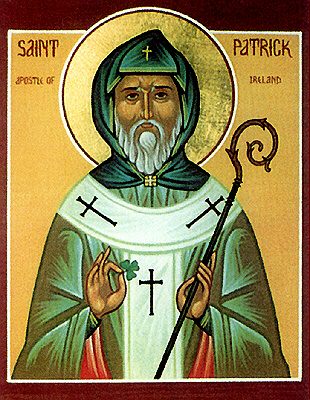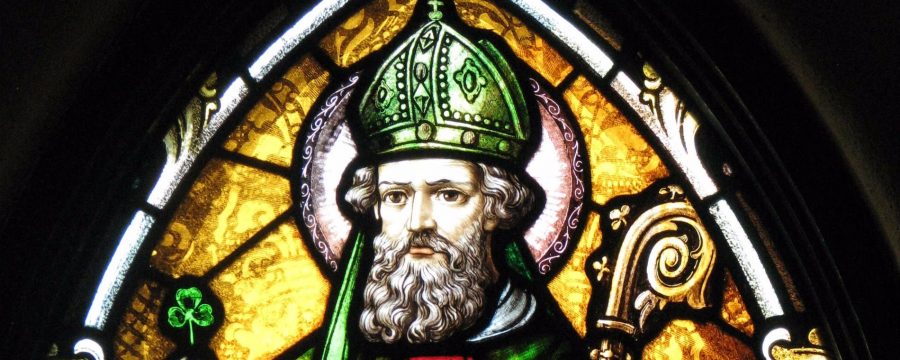BY ABBY MAGYAR
St. Patrick’s Day, while not viewed as a legal holiday in the United States, is still a celebration of the Irish and of Irish culture. St. Patrick’s Day is a cultural and religious remembrance of the death of St. Patrick, who was the patron saint of Ireland and brought Christianity to the country of Ireland. A lot of what is known about St. Patrick was allegedly written down in a Declaration. The Declaration was apparently written by St. Patrick himself.
St. Patrick, formally known as Patrick, was born in Roman, Britain. He was born into a wealthy Romano-British family in the fourth century. His father was an Ordained Minister and his grandfather was a priest at a local church.

When Patrick was 16 years old, he was kidnapped by Irish raiders and taken to Gaelic, Ireland. He was sold into slavery as a Shepherd. Patrick “found God” while he was in slavery.
Patrick wrote in his declaration that, God told him to escape to the coast of Ireland and there would be a ship waiting to take him back home to Roman, Britain. When he returned home to his friends and family, he made the decision to become a Priest and follow God.
After Patrick became a Priest, he was known as St. Patrick. St. Patrick came back to Ireland to convert people from paganism, the common religion, to Christianity. He spent a lot of his time redeeming people. The Declaration says that he saved thousands of people.
He allegedly died on March 17 as Ireland’s most renowned Saint.
St. Patrick’s Day is important to the people of Irish heritage because it is the country their descendants came from.
“To me, St. Patrick’s Day is a day of recognizing people of Irish heritage. I have Irish heritage in me, so St. Patrick’s Day means a lot to my family and I,” said Michael Duncan.
St. Patrick’s Day is a day of rejoicing for the Irish and for their culture. St. Patrick is a prominent figure in the country of Ireland because of the courageousness he had to convert the Irish natives to Christianity.




![Wadsworth's Class Of 2025 Walks At Graduation Ceremony [Photo Gallery]](https://wadsworthbruin.com/wp-content/uploads/2025/05/IMG_9018-1-1200x800.jpg)






























